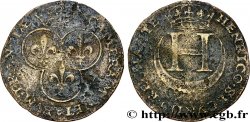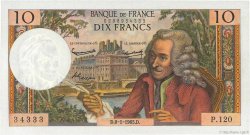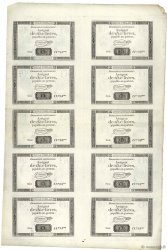fjt_708870 - COUR DES MONNAIES DE PARIS HENRI III 1579
45.00 €(Approx. 50.85$ | 38.25£)
Quantity
Add to your cart

Type : HENRI III
Date: 1579
Metal : copper
Diameter : 28 mm
Orientation dies : 6 h.
Weight : 4,13 g.
Edge : lisse
Rarity : R1
Obverse
Obverse legend : + CVRIA. MONE-TAR. FRANCIÆ +.
Obverse description : Écu de France couronné entouré du collier de l’ordre de Saint MIchel.
Obverse translation : (Cour des monnaies de France).
Reverse
Reverse legend : BENE CONSTITVA RE NVMARIA 1579.
Reverse description : Femme assise, tenant les balances et les cornes d'abondance.
Reverse translation : Une monnaie bien réglée.
Commentary
Ce jeton partage son revers avec le Corre 2344 qui est aux armes d’Antoine Hennequin, Président des Requêtes du Parlement dont on peut penser qu’il avait aussi un rôle à la Cour des Monnaies.







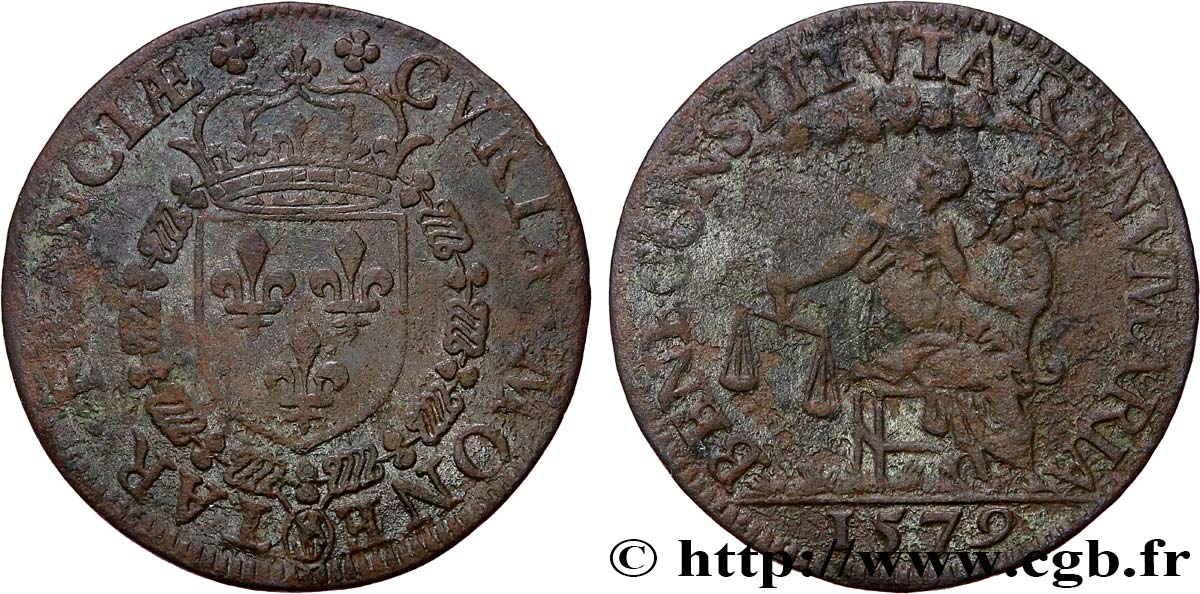
 Report a mistake
Report a mistake Print the page
Print the page Share my selection
Share my selection Ask a question
Ask a question Consign / sell
Consign / sell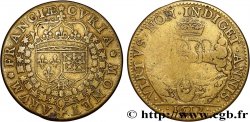
 Full data
Full data

